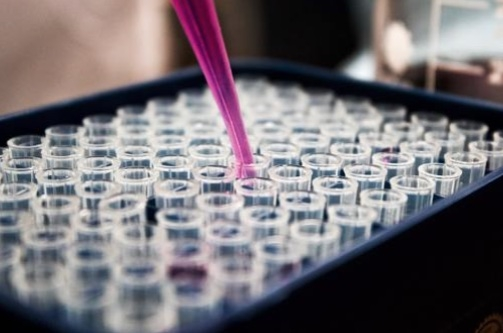
Make the most of your ELISA kit
Jun 09, 2021ELISA kits can be extremely useful for your research, but only when they perform well. To ensure you make the most of your ELISA kit, be sure to read over the manual and any other information from the manufacturer before use. We’ve also compiled a list of important things to keep in mind, as well as some troubleshooting advice if you run into any problems.
Browse all Reddot Biotech ELISA kits
Browse Reddot Biotech's COVID-19 Related ELISA kits
Things to Note Before Beginning Experiment
- All reagents in the kit should be stored according to the manual instructions.
- Before beginning the experiment, all components should be brought to room temperature.
- To minimize imprecision caused by pipetting, use small volumes and ensure that pipettes are calibrated.
- Ensure all containers and water used during preparation are clean to prevent contamination.
- To ensure the uniformity and accuracy of each reagent, mix all components before use.
- Keep the ambient temperature stable at room temperature (18-25oC) throughout the entire experiment.
- The pH should be maintained between 7.2-7.4 for the entire duration of the experiment.
- Ensure all concentrated reagents are appropriately diluted prior to beginning the experiment.
- Predict sample concentration before beginning to ensure samples will fall within the detection range. If the concentration is unknown, preform a preliminary concentration gradient experiment to determine the optimal dilution.
- If your sample type is not indicated in the product manual, a preliminary experiment to determine the validity of the kit with your samples may be necessary.
- Samples prepared using a chemical lysis buffer may cause unexpected ELISA results due to the impact of certain chemicals.
- Whenever possible, fresh samples are recommended for the assay. Protein degradation and denaturation may occur in samples stored over extensive periods of time and may lead to inaccurate or incorrect results.
- Washing technique should be kept consistent throughout the experiment and done according to the instructions in the manual.
- Avoid creating bubbles in solutions to ensure uniformity of all reactions.
- Read the product manual in its entirety before beginning your experiment
Poor Standard Curve
Possible reasons:
- Degradation of the standard due to time or improper storage
- Standard curve dilutions were prepared incorrectly
- Pipetting errors leading to inconsistent concentrations
- Standard curve data was plotted improperly or without using appropriate software
No Signal
Possible reasons:
- The reagents have expired or have not been stored in the correct conditions - check packaging for expiration date
- Adding detection Reagent A, B or TMB substrate was skipped
- The distilled water used for dilution was contaminated
- An enzyme inhibitor (such as Sodium azide) is present
- Wash buffer is too concentrated and has not been appropriately diluted
- The labelled enzyme is contaminated or inactive
- pH value of solution is too high or low. All solutions should be maintained at pH 7.2-7.4 for the entire experiment
- Sample type is not compatible
- Analyte concentration in sample is below the detection limit
- Wells dried out over the course of the experiment
- Plate readings taken at incorrect wavelength – ensure plate reader is set to 450nm
Weak Signal
Possible reasons:
- The reagents have expired or have not been stored in the correct conditions - check packaging for expiry date
- The reagents, standard, and/or sample were not warmed to room temperature prior to conducting the experiment
- Incorrect amounts and/or dilutions of reagents were used
- One or more solutions used were contaminated
- The labelled enzyme is contaminated or inactive
- TMB substrate was not incubated long enough
- Improper washing procedure, for example:
- Wash buffer too concentrated
- Wells were washed too many times
- Wells were washed too vigorously
- Wells were washed too long each time
No Colour Gradient
Possible reasons:
- TMB substrate was stored incorrectly (not in a cool dark place and protected from light exposure)
- The incubation time was too long (can lead to strong, nonspecific adsorption)
- Wells were not washed adequately at one or more steps
- Cross contamination from pipette tips or other contaminated reagents
- Low concentration or low activation of the coated or detection antibody
Poor Replicate Data
Possible Reasons:
- Wells were washed inconsistently or insufficiently at one or more steps
- Reagents were mixed or prepared inconsistently
- One or more solutions were contaminated
- Bubbles formed in wells
- Inconsistent pipetting technique or use of uncalibrated pipettes
High Background
Possible Reasons:
- Insufficient or improper washing procedure used
- Wash buffer is contaminated
- Too much detection reagent used
- Too much time between the addition of stop solution and reading plate
- Substrate incubation was preformed uncovered or in light
- Bottom of the plate is not clean or free of smudges
For more information on Reddot Biotech ELISA kits, check out our FAQ page, read the product specific manual, or contact us here with any other questions.